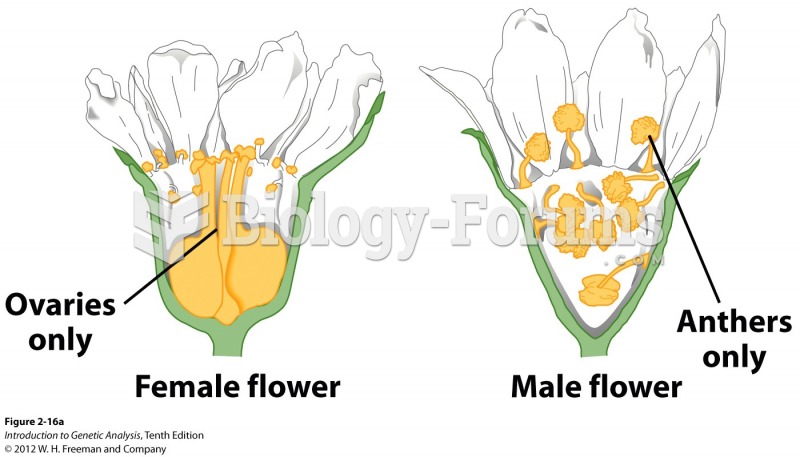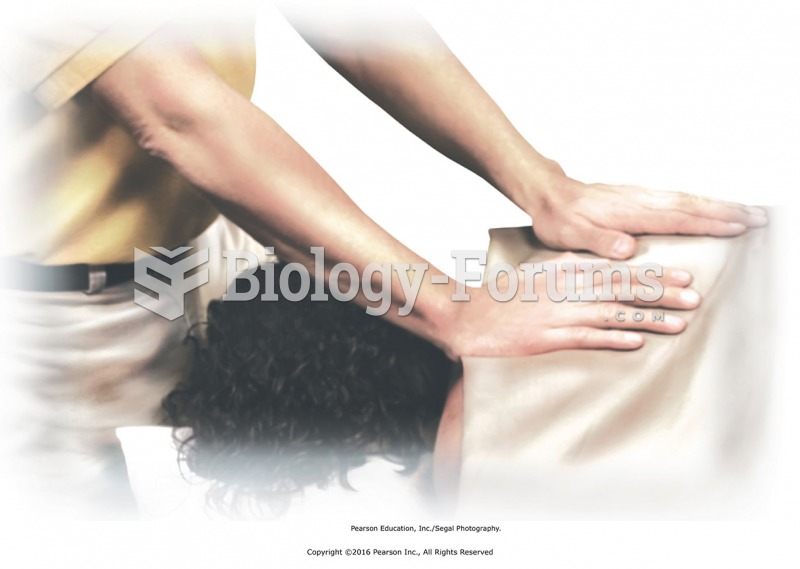|
|
|
Vital signs (blood pressure, temperature, pulse rate, respiration rate) should be taken before any drug administration. Patients should be informed not to use tobacco or caffeine at least 30 minutes before their appointment.
More than 34,000 trademarked medication names and more than 10,000 generic medication names are in use in the United States.
Drugs are in development that may cure asthma and hay fever once and for all. They target leukotrienes, which are known to cause tightening of the air passages in the lungs and increase mucus productions in nasal passages.
Nearly 31 million adults in America have a total cholesterol level that is more than 240 mg per dL.
If all the neurons in the human body were lined up, they would stretch more than 600 miles.
 Sublingual medication administration. Photograph of a male patient placing a nitroglycerine tablet u
Sublingual medication administration. Photograph of a male patient placing a nitroglycerine tablet u
 Women have even more need than men to plan for retirement; at retirement age they have typically ...
Women have even more need than men to plan for retirement; at retirement age they have typically ...
 The transition from college to first job can be a triggering situation for new growth in meaning ...
The transition from college to first job can be a triggering situation for new growth in meaning ...




